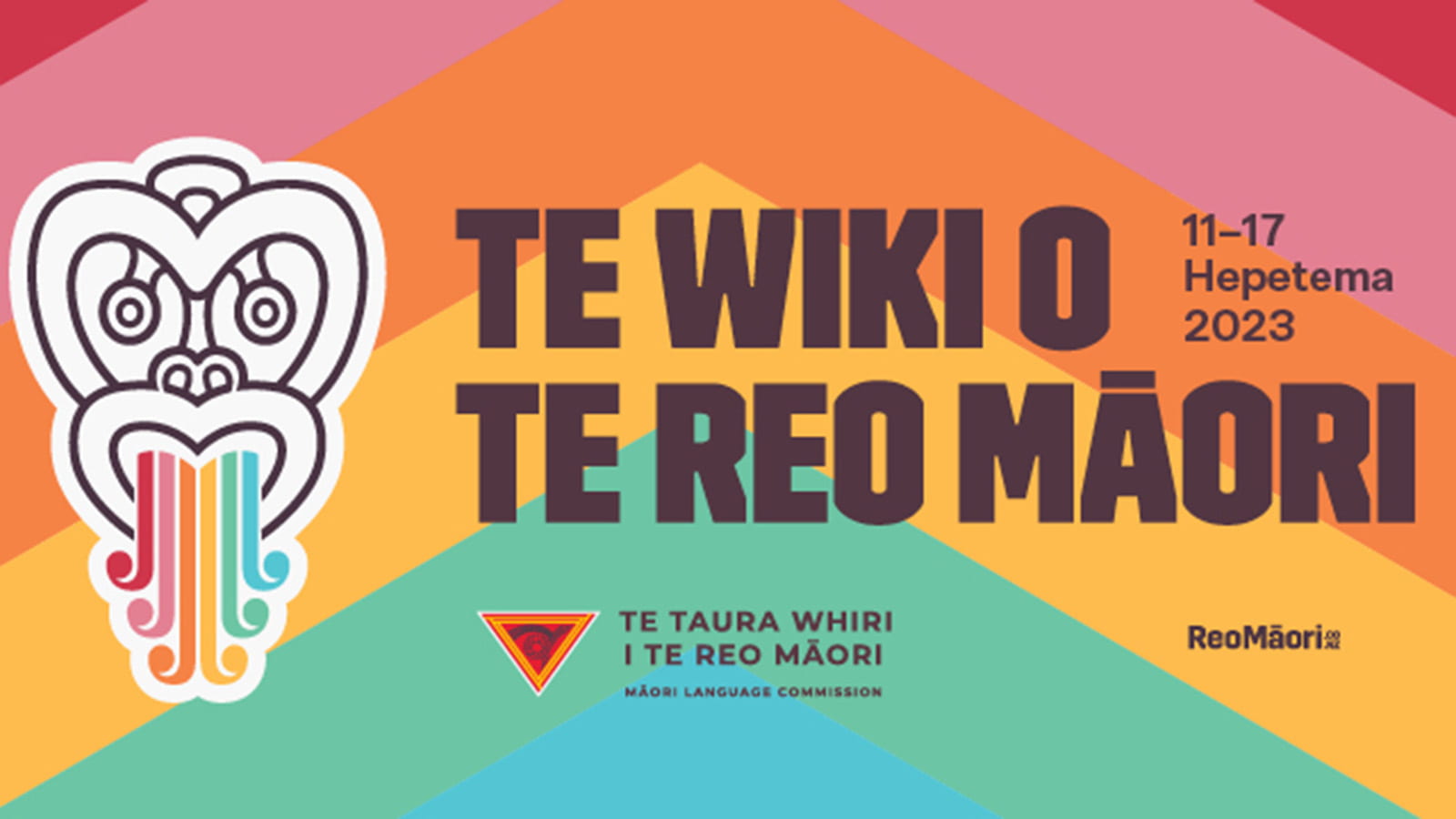Māori Language Week and tikanga practices in the workplace
The Business School’s Kaiārahi, Hone Arohaina Te Topa Thorpe (Te Āti Awa) emphasises the importance of celebrating Māori Language Week in the workplace. He says by embracing the uniqueness of Māori language and culture and respecting the individuality of each employee, organisations can foster a more inclusive and culturally aware work environment.

In this discussion, we will examine the significance of Māori Language Week and how it can serve as a starting point for incorporating tikanga practices in our workplaces.
Māori Language Week is celebrated in September each year and serves as a platform to encourage New Zealanders to engage with and embrace te reo Māori, the Māori language. It offers a unique opportunity for individuals and organisations to reflect on the importance of language as a carrier of culture, identity and values.
The metaphor “Ko tō piki amokura nōu, ko tōku piki amokura nōku”, which literally translates as “your red feather is yours and my red feather is mine”, embodies the spirit of this week, emphasises the uniqueness of language and culture, and how it belongs to each individual and community. It also encompasses the idea of mutual respect for each other’s language and culture. Mutual respect implies recognising and valuing the uniqueness and boundaries of each perspective or ideology without trying to claim or appropriate what belongs to others. It emphasises the importance of acknowledging and respecting the diversity of ideas and beliefs.

One way to apply the metaphor to the workplace context is to recognise that each employee brings their unique perspective, background, and strengths to the organisation. Just as the red feather belongs to each person individually, so do their cultural heritage and experiences. By acknowledging and respecting these differences, organisations can create an atmosphere of inclusivity where every employee feels valued and empowered.
For example, organisations can celebrate Māori Language Week by offering language lessons or incorporating Māori words and phrases in internal communications. This action not only demonstrates respect for the Māori language but also promotes cultural awareness among employees. The metaphor encourages employees to view the Māori language as a cultural treasure, something that belongs to all who are willing to engage with it. It is all about developing a Māori Voices Mindset (MVM). Engaging with te reo on a daily basis with simple greetings to each other and in emails is a way to develop an MVM. It’s something which can be carried on for the rest of the year.
Moreover, the concept of mutual respect for different schools of thought or teachings can extend beyond language to encompass a broader understanding of tikanga. In the workplace, this could mean recognising and respecting diverse perspectives and approaches to problem-solving or decision-making. Just as Māori traditions have their own unique way of doing things, so do individuals from different backgrounds. Encouraging a diverse range of perspectives can lead to more innovative solutions and a more inclusive work culture.
Additionally, organisations can incorporate tikanga practices into their work environment by observing protocols such as the mihi whakatau (Māori welcome ceremony in a non-marae situation ) or incorporating koha (gifts or contributions) into their team-building activities. Many organisations and groups today learn waiata during team-building exercises. These become invaluable at gatherings where speeches are made. These practices honour Māori culture and create opportunities for team bonding and cultural exchange among employees.
In conclusion, Māori Language Week and the metaphor “Ko tō piki amokura nōu, ko tōku piki amokura nōku” provide valuable insights into the importance of language and cultural respect in the workplace. By embracing the uniqueness of Māori language and culture and respecting the individuality of each employee, organisations can foster a more inclusive and culturally aware work environment. Incorporating tikanga practices not only honours Māori traditions but also enriches the workplace by promoting diversity and mutual respect. Respecting Māori culture or tikanga naturally means we respect all cultures as the whakataukī above reminds us. As we continue to celebrate Māori Language Week, let us remember that language and culture belong to all who are willing to engage with them.
Their value in the workplace is absolutely immeasurable.
Hone Arohaina Te Topa Thorpe (Te Āti Awa) is the Business School’s Kaiārahi. A kaumātua, innovator, author and educator, he guides the faculty in developing strategies that bring Te Ao Māori to the foreground.
